Home>Articles>How To Distribute Heat Evenly Between 2 Stove Burners


Articles
How To Distribute Heat Evenly Between 2 Stove Burners
Modified: August 26, 2024
Learn how to distribute heat evenly between two stove burners with these helpful articles. Improve your cooking experience with our tips and tricks.
(Many of the links in this article redirect to a specific reviewed product. Your purchase of these products through affiliate links helps to generate commission for Storables.com, at no extra cost. Learn more)
Introduction
When it comes to cooking, having a stove with multiple burners is a convenient feature that allows you to prepare multiple dishes simultaneously. However, one common challenge that many cooks face is the uneven distribution of heat between the burners. It can be frustrating to have one burner that heats up quickly while the other remains cool, leading to unevenly cooked food.
In this article, we will explore different methods and techniques to distribute heat evenly between two stove burners. Whether you are a seasoned cook or a beginner, implementing these strategies will help you achieve consistent results and ensure that your food is cooked perfectly every time.
Key Takeaways:
- Mastering the art of even heat distribution between stove burners is crucial for consistently delicious meals. Evaluate burner placement, use heat diffusers, and adjust settings to achieve balanced cooking results.
- Experiment with rotating cookware, stirring food, and investing in quality cookware to ensure even heat distribution. Embrace the joy of perfectly cooked meals by implementing these effective techniques.
Read more: What To Put In Between Stove Burners
Understanding the Problem
Before we delve into the methods of distributing heat evenly between stove burners, it is important to understand the factors that contribute to the uneven heat distribution. There are several reasons why one burner may heat up faster or hotter than the other:
- Placement of the burners: The location of the burners on the stove can affect their heat distribution. Burners that are closer to the heat source or located at the center of the stove tend to heat up faster than those on the outer edges.
- Ventilation: Proper ventilation plays a crucial role in distributing heat evenly. If the vent system of your stove is obstructed or inefficient, it can lead to uneven heat distribution.
- Size and power of the burners: Burners with higher wattage or larger size tend to generate more heat, resulting in uneven distribution if not properly managed.
Now that we understand the potential causes of uneven heat distribution, let’s explore some effective solutions to this problem.
Evaluating Stove Burner Placement
One of the first steps to achieving even heat distribution between two stove burners is carefully evaluating their placement. This involves considering the position of the burners on the stove and making adjustments as needed. Here’s what you can do:
- Check the user manual: Consult the user manual of your stove to understand the recommended burner placement. Manufacturers often provide specific guidelines for optimal heat distribution.
- Experiment with different burner combinations: Depending on the size and power of your burners, you may find that certain combinations work better than others. Try switching the burners on and off to find the most balanced combination.
- Rotate the pans: If one burner consistently heats up faster than the other, try swapping the pans between the burners halfway through the cooking process. This allows each burner to experience both high and low heat, resulting in more even cooking.
- Consider using an induction cooktop: Induction cooktops use electromagnetic fields to heat up the cookware directly, offering more precise temperature control and even heat distribution. If you are frequently dealing with uneven heat distribution, investing in an induction cooktop might be a worthwhile option.
By carefully evaluating and adjusting the placement of your stove burners, you can significantly improve the heat distribution and achieve more consistent cooking results.
Using Heat Diffusers
If adjusting the stove burner placement does not resolve the issue of uneven heat distribution, another effective solution is to use heat diffusers. Heat diffusers are devices that help distribute heat more evenly by acting as a barrier between the burner and the cookware. Here’s how you can use heat diffusers to achieve better heat distribution:
- Choose the right heat diffuser: Heat diffusers come in various forms, including metal discs, mesh screens, or ceramic plates. Select a diffuser that suits your needs and fits the size of your burner.
- Place the diffuser on the burner: Simply position the heat diffuser on the burner before placing your cookware on top. The diffuser acts as a buffer, spreading and dispersing the heat more evenly across the surface of the pan.
- Adjust heat settings: Since the diffuser creates a barrier between the burner and the cookware, it may take longer for the heat to reach the food. Adjust the heat settings accordingly to ensure proper cooking without overheating the food.
- Monitor cooking times: Keep an eye on the cooking times and adjust as needed. The heat diffuser may slightly alter the cooking time, so it’s important to check the food for doneness periodically.
Using heat diffusers can be a simple yet effective method to distribute heat evenly between stove burners. They provide a buffer between the heat source and the cookware, helping to minimize hot spots and achieve more consistent cooking results.
Adjusting Burner Settings
Another way to distribute heat evenly between stove burners is by adjusting the settings of the burners themselves. Here are some tips to help you achieve more balanced heat distribution:
- Turn down the higher heat burner: If one burner tends to heat up faster and hotter than the other, lower the heat setting on that burner. This will help bring it closer in temperature to the other burner, promoting more even heat distribution.
- Use simmer or low heat settings: When cooking dishes that require gentle simmering or low heat, consider using the cooler burner rather than the one that tends to get hotter. This allows for steady and even simmering without the risk of scorching or burning the food.
- Utilize dual or bridge burners: Some stoves come equipped with dual or bridge burners, which allow you to combine two burners to form a single larger cooking surface. This feature can help distribute heat more evenly across a larger area, ideal for cooking larger pots or griddles.
- Alternate between burners: If you are cooking multiple dishes simultaneously, alternate between burners to evenly distribute the cooking workload. This allows each burner to cool down slightly between uses, preventing one burner from becoming significantly hotter than the other.
By adapting and adjusting the burner settings, you can find the right balance of heat distribution for your cooking needs. Regular monitoring and fine-tuning of the burner settings will help you achieve consistent results and evenly cooked meals.
Use a heat diffuser to distribute heat evenly between 2 stove burners. Place it between the burners and the pots or pans to ensure even cooking.
Read more: How Do I Even Out My Stove Burners
Using Cookware with Even Heat Distribution
The type of cookware you use can greatly impact the heat distribution on your stove burners. Investing in cookware that offers even heat distribution can help alleviate the problem of uneven cooking. Here are some tips for using cookware with even heat distribution:
- Choose materials with good heat conductivity: Opt for cookware made from materials that have excellent heat conductivity, such as stainless steel, copper, or aluminum. These materials distribute heat evenly, reducing the chances of hot spots.
- Look for thick, heavy-bottomed pans: Cookware with thick, heavy bottoms can help spread the heat more evenly across the surface. The thickness of the base allows for better heat retention and distribution.
- Avoid thin or warped pans: Thin or warped pans are more prone to uneven heat distribution. Over time, they may develop hot spots that can cause food to burn or cook unevenly. Replace any pans that are no longer flat or have signs of warping.
- Use flat-bottomed pans: Ensure that the bottom of your pans is flat and smooth. Uneven or dented bottoms can disrupt the heat distribution, leading to uneven cooking.
- Preheat your cookware: Before placing your ingredients in the pan, allow the cookware to preheat evenly. This helps to ensure that the heat is distributed uniformly across the surface of the pan and aids in even cooking.
- Avoid overcrowding the cookware: Overcrowding the pan with too much food can obstruct the heat distribution. Allow space between ingredients to ensure proper airflow and heat transfer.
By selecting cookware with even heat distribution properties, you can achieve more consistent results and minimize the chances of unevenly cooked food. It is worth investing in high-quality cookware that will enhance your cooking experience.
Alternating Cookware Placement
Another effective technique to distribute heat evenly between stove burners is to alternate the placement of your cookware. By rotating the pots and pans between the burners, you can ensure that both burners experience a similar amount of heat. Here are some tips for alternating cookware placement:
- Swap the positions: If you notice that one burner consistently heats up faster than the other, switch the positions of the pots or pans between the burners. This allows each burner to have its fair share of high and low heat.
- Rotate halfway through cooking: If you are preparing a dish that requires a longer cooking time, consider rotating the pots or pans halfway through the cooking process. This ensures that both sides of the cookware are exposed to both burners, promoting even cooking.
- Adjust the cooking times: Keep in mind that alternating cookware placement may slightly affect the cooking times. Monitor the food closely and adjust the cooking times as necessary to achieve the desired doneness.
- Use similar-sized cookware: To ensure even heat distribution, it is beneficial to use cookware that is of similar size and shape. This helps maintain consistent heat transfer between the burners and the cookware.
- Consider using a griddle or grill pan: If you frequently cook on multiple burners, using a griddle or grill pan that spans across both burners can help distribute heat evenly. This larger surface area allows for more balanced heat distribution.
By alternating the placement of your cookware between the stove burners, you can promote more even heat distribution and achieve more consistent cooking results.
Rotating and Stirring Food
In addition to adjusting burner settings and using cookware with even heat distribution, another technique to ensure even cooking is to rotate and stir the food while it cooks. This simple method can help distribute heat evenly and prevent any hot spots from forming. Here’s how you can incorporate rotating and stirring into your cooking routine:
- Rotate the pans: If you are cooking multiple dishes or using multiple burners, rotate the pans periodically. This will allow each pan to experience different heat levels, preventing one from getting significantly hotter than the others.
- Stir the food: Stirring is particularly useful when cooking dishes like sauces, soups, or stews. Regularly stir the food to ensure that all parts are exposed to the heat and cooking evenly. This also helps to distribute flavors and prevent any sticking or burning.
- Flip food items: When cooking items like meats, vegetables, or pancakes, flipping them halfway through the cooking process can help achieve even browning and cooking on both sides.
- Use a rotating turntable: If you have a larger cooktop or a specialty appliance like a griddle or indoor grill, consider using a rotating turntable. This can help ensure that all sides of the food receive the same amount of heat, resulting in even cooking.
- Monitor cooking times: Depending on the size and thickness of the food, cooking times may vary. Keep a close eye on the food and adjust the rotation and stirring frequency accordingly.
By implementing the practice of rotating and stirring food while it cooks, you can promote even heat distribution and achieve consistent results across your dishes. This technique is particularly effective for stovetop cooking, ensuring that your meals are cooked to perfection.
Final Thoughts
Uneven heat distribution between stove burners can be a frustrating challenge for many cooks. However, with the right strategies and techniques, you can achieve more balanced heat and evenly cooked meals. Here’s a recap of the methods we discussed:
- Evaluate stove burner placement and make adjustments accordingly.
- Utilize heat diffusers to spread and disperse heat more evenly.
- Adjust burner settings to balance the heat between burners.
- Invest in cookware made with materials that offer even heat distribution.
- Alternate cookware placement between burners to ensure both experience similar heat.
- Incorporate rotating and stirring of food to promote even cooking.
Remember to experiment and find the methods that work best for your specific stove and cooking style. Everyone’s kitchen setup is unique, so it’s important to adapt these techniques to suit your needs.
By implementing these strategies, you can overcome the challenge of uneven heat distribution and achieve consistent cooking results. Whether you’re a seasoned chef or a home cook, mastering the art of heat distribution will not only enhance the taste and texture of your dishes but also make your cooking experience more enjoyable.
So, next time you fire up your stove, put these techniques into practice and embrace the joy of evenly cooked, delicious meals!
Frequently Asked Questions about How To Distribute Heat Evenly Between 2 Stove Burners
Was this page helpful?
At Storables.com, we guarantee accurate and reliable information. Our content, validated by Expert Board Contributors, is crafted following stringent Editorial Policies. We're committed to providing you with well-researched, expert-backed insights for all your informational needs.

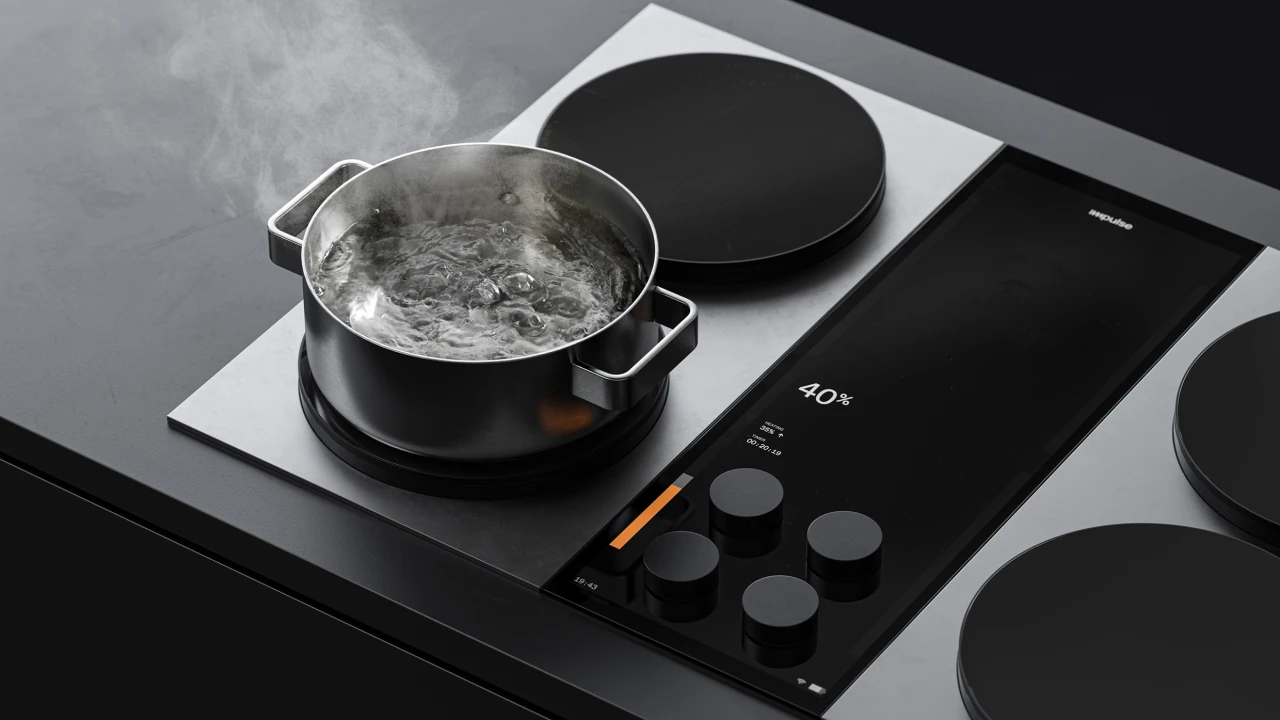

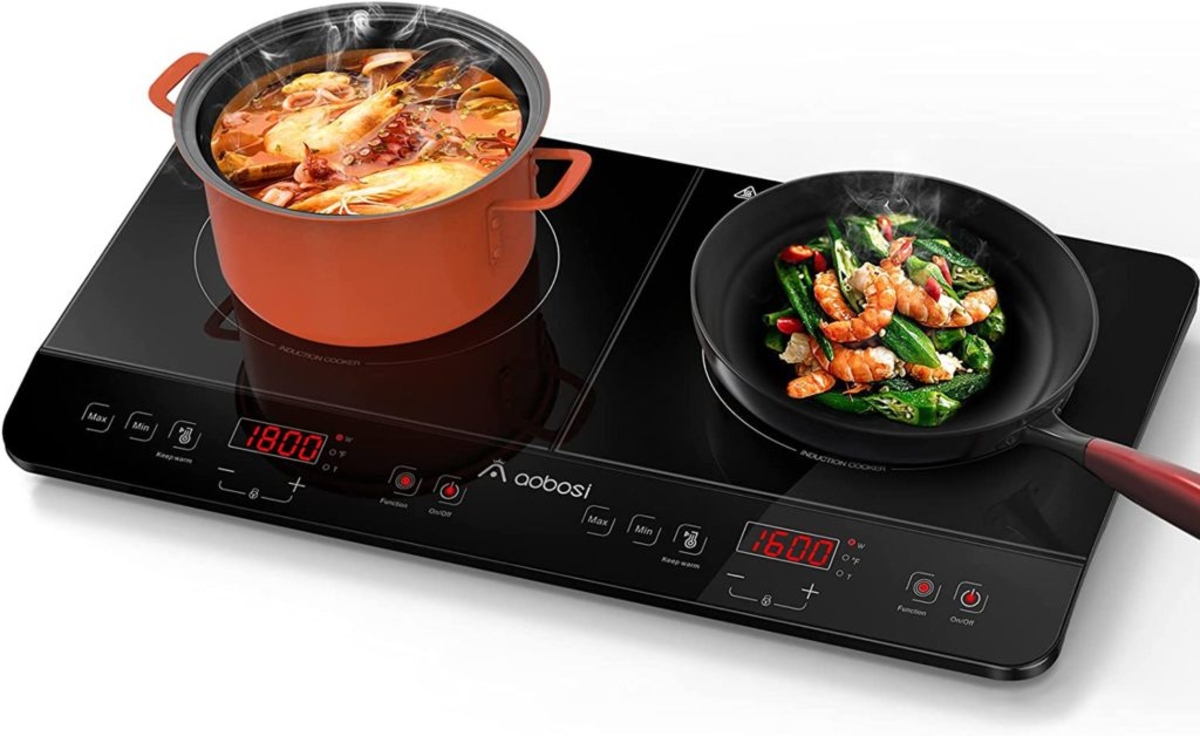

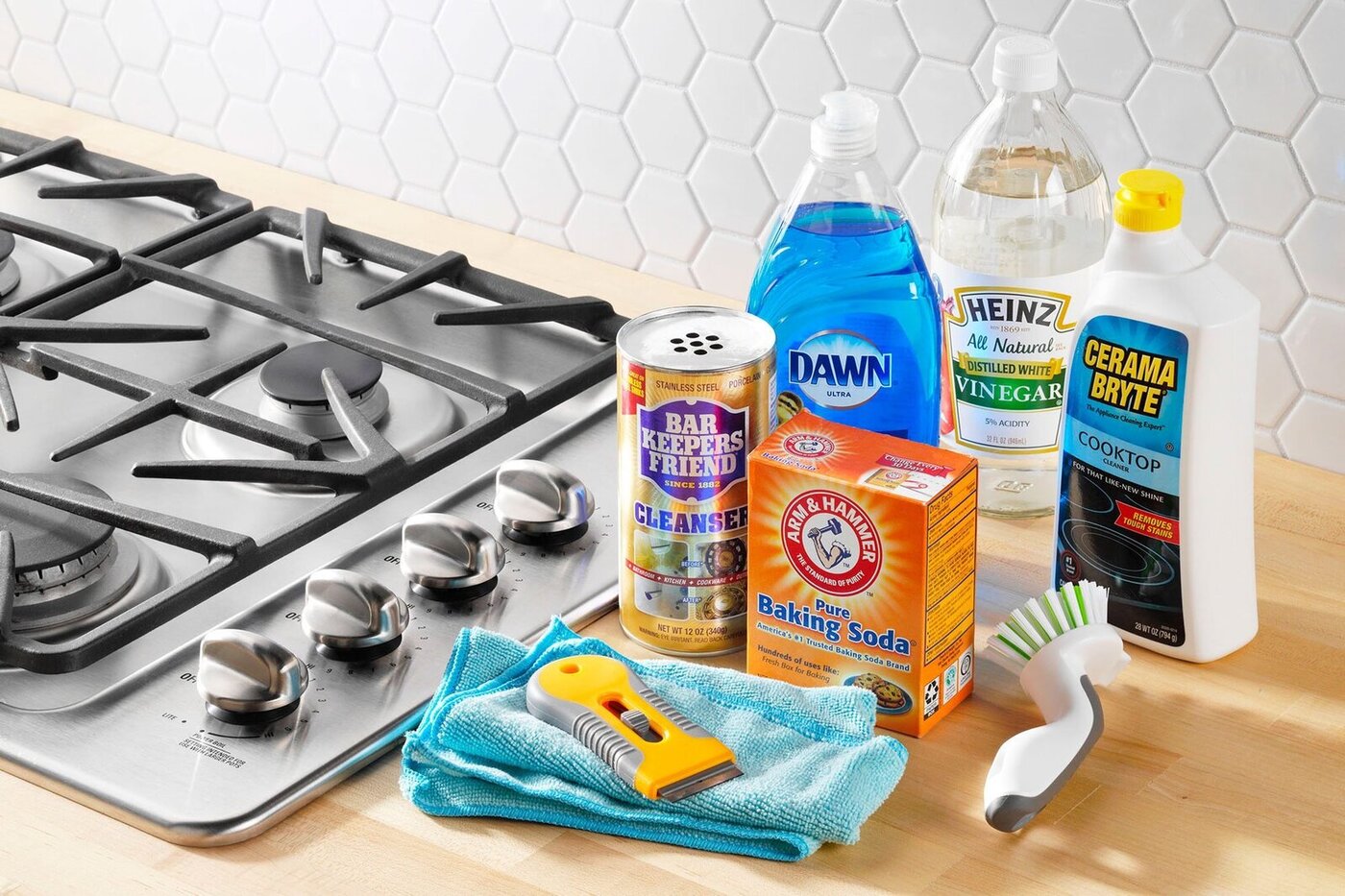


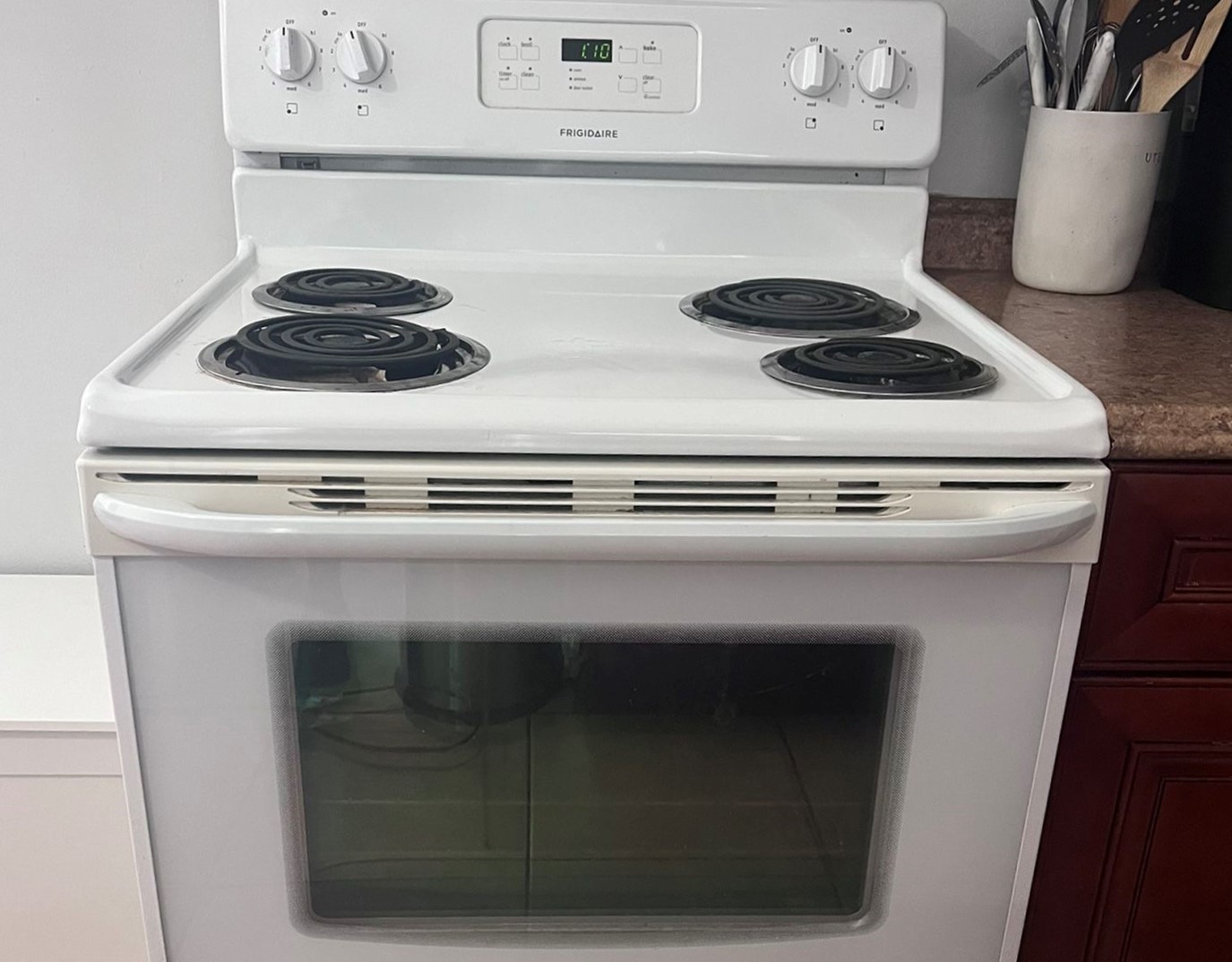
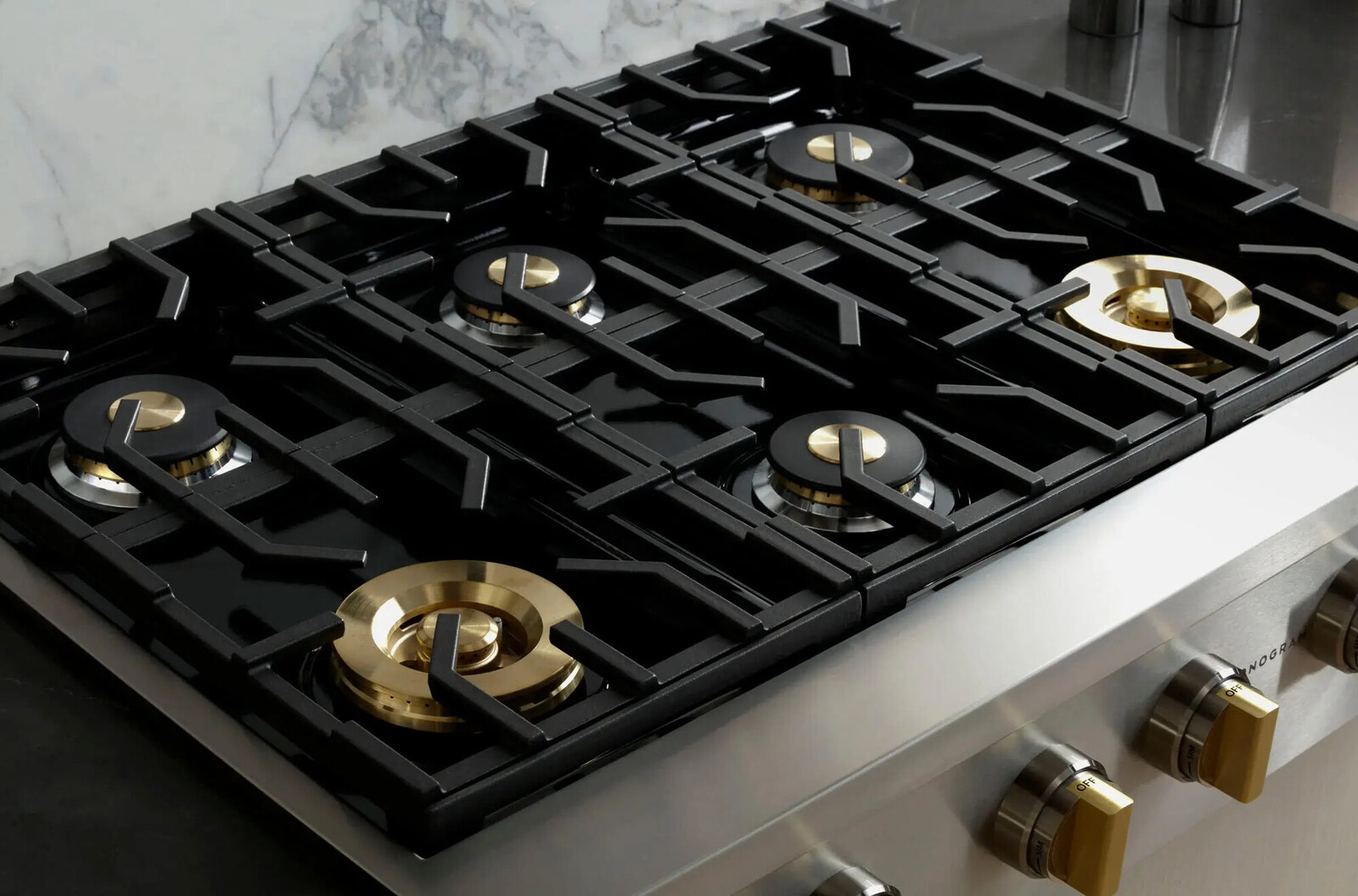





0 thoughts on “How To Distribute Heat Evenly Between 2 Stove Burners”